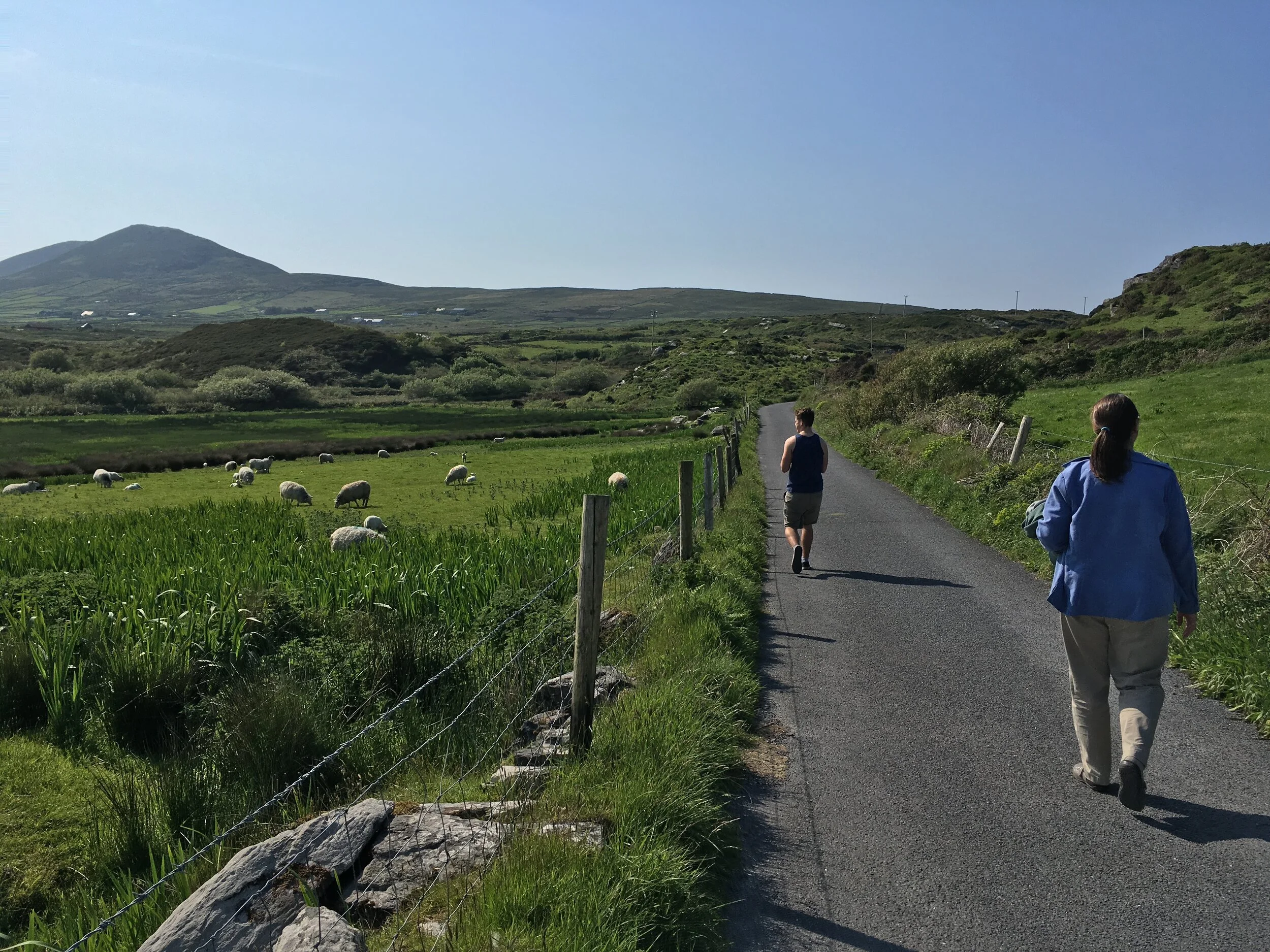I grew up hearing the story of my Irish Fenian great-great grandfather, Daniel O’Connell. According to the family story, Daniel came to the United States to fight in the U.S. Civil War, then returned to Ireland to teach the newly formed rebel group, the Fenian Brotherhood, what he had learned of military tactics. We O’Connells have great pride in our Irish heritage, but we are much sketchier on facts. Our family story does not have a lot of detail that can be tracked down and verified, but when I first began traveling to Ireland, I was excited to see what I could find out once I was actually there.
I have chased the details of the very extended O’Connell family from genealogy websites to the National Library of Ireland, to the Kerry Archives and through local history exhibits. Every visit gives me a chance to delve a bit deeper in to Irish history and into O’Connell history, and I have learned much from my visits and my research. So far, though, I have not found the magic piece of information that makes it clear exactly “where I belong” in the O’Connell family tree.
I think my most important lesson has been one of acceptance of a certain amount of mystery. While I still dream of being able to stand on the exact spot that my emigrating ancestor once lived, I have come to accept a broader sense of my family history. Walking down O’Connell Street in Cahersiveen, shopping in the O’Connell Food Shop in Portmagee, and standing on the beach in Derrynane, home to O’Connells since the 1700s, I have come to see my heritage as rooted in the region rather than in one specific place.
A conversation I had with a waitress in Fertha’s Pub last year summed it up very well. When she found out we were O’Connells, she replied, “Ah, well, we’re related! My mother is one of the Derrynane O’Connells.” With that, she headed off to attend to another table. But that summed it up for her; we had established a shared ancestry, and the details were unimportant.



































